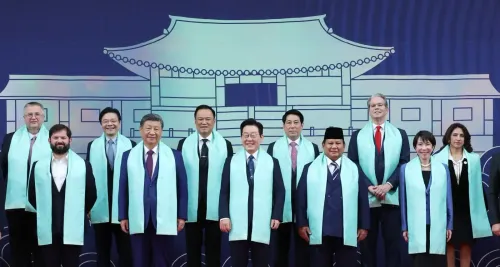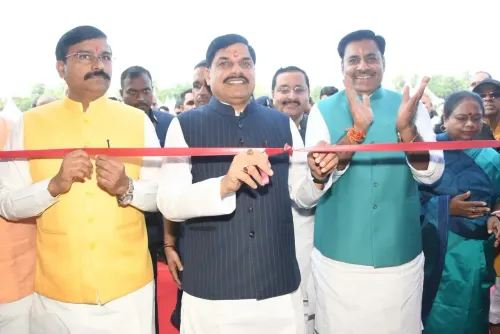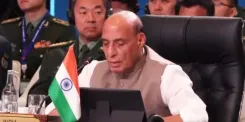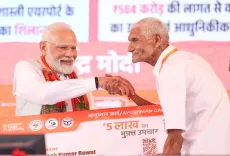350 High Court Judge Positions Unfilled; Allahabad Leads with 74 Openings
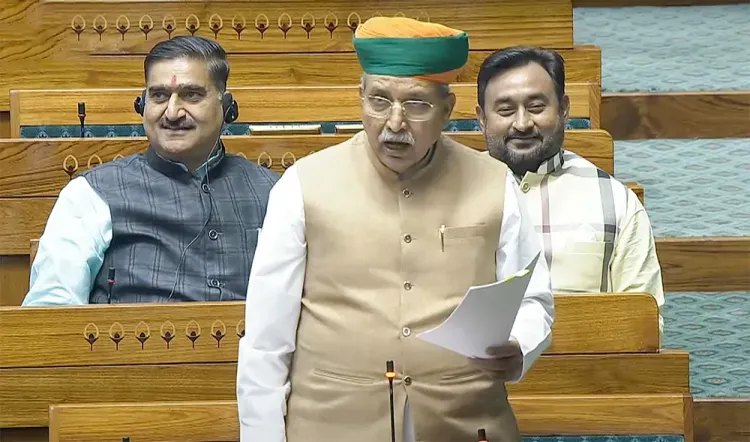
New Delhi, Dec 5 (NationPress) There are currently 350 vacant positions for High Court judges across the country, which represents nearly a third of the authorized 1,114 posts. The Allahabad High Court leads with 74 vacancies, as disclosed to the Rajya Sabha on Thursday.
The Minister of State (Independent charge) of the Ministry of Law and Justice, Arjun Ram Meghwal, responded to a query from Akhilesh Prasad Singh of the Congress, stating, “Vacancies for judges in High Courts arise due to retirement, resignation, elevation of judges, and also due to the increase in the authorized strength of judges.”
Since May 2014, the government has raised the authorized strength of High Court judges from 906 to 1,122 (as of now), with 64 judges appointed to the Supreme Court and 999 judges appointed across various High Courts.
According to data provided in his response, the Allahabad High Court has 74 vacancies out of a total sanctioned strength of 160, followed by the Punjab and Haryana High Court with 31 vacancies out of 85, and the Bombay High Court with 28 vacancies from a sanctioned strength of 94.
Meghwal noted that one reason for the delay in filling these positions is that courts often exceed their time limits for recommending new candidates.
“High Courts are expected to make recommendations at least six months prior to a vacancy occurring. However, this deadline is seldom met,” he explained.
Official data on judicial vacancies indicated that even in the national capital, the situation is not much different, with 21 vacancies in the Delhi High Court against a sanctioned strength of 60.
The Calcutta High Court has 27 vacancies (from a total of 72), Patna High Court 19 (out of 53), Rajasthan High Court 18 (from 50), Madhya Pradesh High Court 16 (from 53), and Telangana has 42 vacancies (from a sanctioned strength of 14).
Outlining the procedure for filling judicial vacancies in High Courts, the Minister of State said, “The appointment of judges to High Courts is governed by Articles 217 and 224 of the Constitution of India and follows the procedures outlined in the Memorandum of Procedure (MoP) established in 1998, in accordance with the Supreme Court Judgment from October 6, 1993 (Second Judges case) and the subsequent Advisory Opinion from October 28, 1998 (Third Judges case).
“According to the MoP, the initiation of proposals for Supreme Court judges is the responsibility of the Chief Justice of India, while the initiation for High Court judges falls to the Chief Justice of the respective High Court, in consultation with the two most senior puisne judges of that court.
“The MoP requires High Courts to make recommendations at least six months before a vacancy occurs. Nevertheless, this timeline is rarely adhered to,” he added.
Stating that it is not practical to specify the duration required to fill judicial vacancies in the higher judiciary, the Minister of State remarked, “The appointment of judges in the higher judiciary is a continuous, integrated, and collaborative process involving both the executive and judiciary.
“This process necessitates consultation and approval from various constitutional authorities at both the state and central levels, making it impossible to predict how long it will take to fill these judicial vacancies.”
Furthermore, official data reveals that nearly all major states are facing vacancies for High Court judges, with the exception of three smaller states—Tripura, Sikkim, and Meghalaya—which currently maintain their full authorized strength of 5, 3, and 4 judges, respectively.

